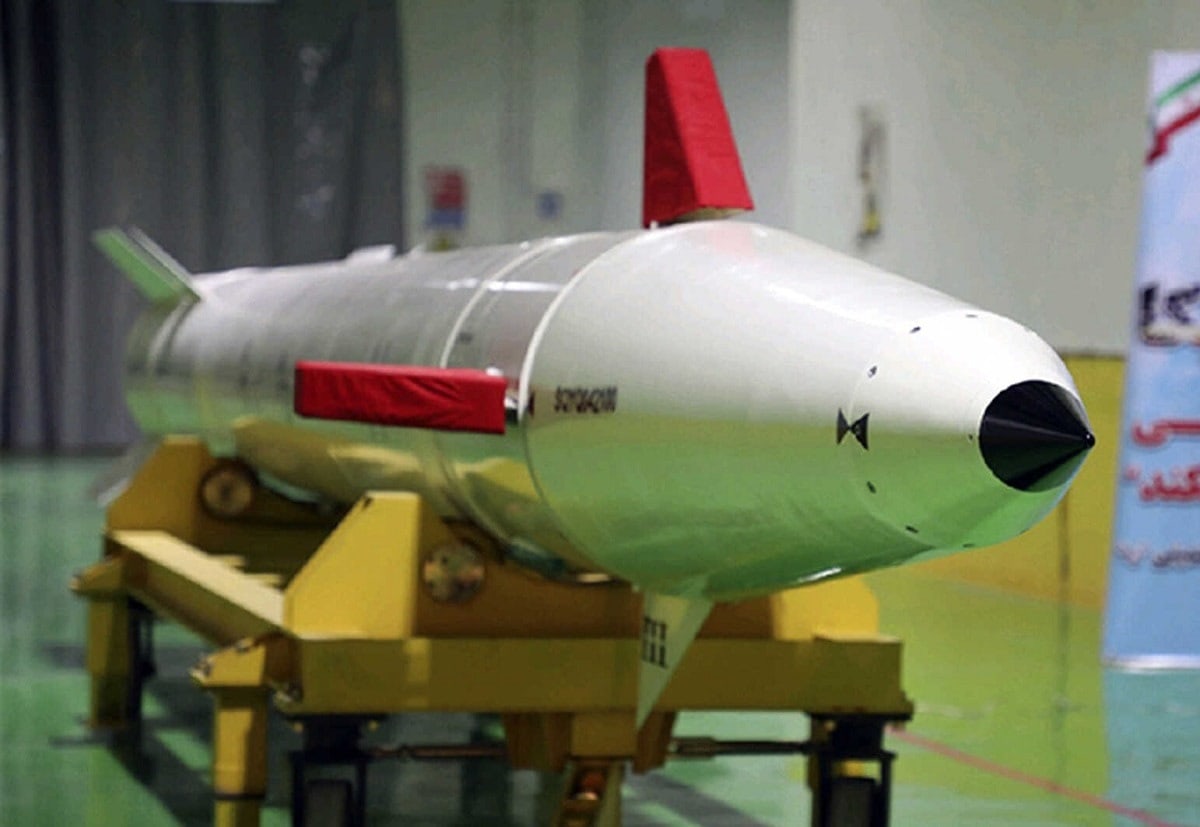The war in Ukraine has been going on for 290 days.
During that time, the Russian forces have failed to achieve any of their primary objectives even after Moscow had to repeatedly revise them.
Despite serious losses, the Ukrainian military continues to be on the counteroffensive almost all across the battlespace.
The Russian Casualties in Ukraine: The Big Update
Overall, the Ukrainian Ministry of Defense claimed that as of Saturday, Ukrainian forces have killed approximately 93,760 Russian troops (and wounded approximately twice to thrice that number).
Kyiv claims to have destroyed 281 fighter, attack, bomber, and transport jets, 264 attack and transport helicopters, 2,940 tanks, 1,927 artillery pieces, 5,917 armored personnel carriers and infantry fighting vehicles, 397 Multiple Launch Rocket Systems (MLRS), 16 boats and cutters, 4,535 vehicles and fuel tanks, 211 anti-aircraft batteries, 1,603 tactical unmanned aerial systems, 167 special equipment platforms, such as bridging vehicles, and four mobile Iskander ballistic missile systems, and 592 cruise missiles shot down by the Ukrainian air defenses.
The Iranian Factor
Iran has emerged as one of the major geopolitical supporters of Russian President Vladimir Putin and his invasion of Ukraine.
After almost ten months of war and countless reports of war crimes and attacks against civilians and civilian infrastructure, even China and India—the former a staunch Russian partner, the latter an ambivalent friend, have distanced themselves from Moscow.
However, Iran has seen an opportunity to deepen its relationship with Russia and get in exchange several benefits, including money, law enforcement expertise, and even information on nuclear weapons.
Tehran has sent hundreds of tactical unmanned aerial systems and loitering munitions to Russia. The Russian forces have used these drones to attack targets in Ukriane.
That relationship is likely to grow in the future, especially as the Russian arsenal is starting to scratch the bottom of the barrel.
The Russian strategy of responding to the Ukrainian victories on the ground with barrages of missiles and drones has depleted Moscow’s munition stocks to a large degree.
Since October, the Russian military has fired more than 1,000 missiles and suicide drones against the Ukrainian critical infrastructure.
“Iran’s support to the Russian military is likely to grow in the coming months: Russia is attempting to obtain more weapons, including hundreds of ballistic missiles,” the British Military Intelligence assessed in its latest estimate of the war.
Iskander Issues
The Russian SS-26 Iskander missile stocks have been particularly depleted. A short-range ballistic missile, the SS-26 Iskander has a 1,100lbs warhead and can hit targets up to 310 miles away. The ballistic missile has been one of the most effective Russian long-range weapon systems in the war.
“If Russia succeeds in bringing a large number of Iranian ballistic missiles into service, it will likely use them to continue and expand its campaign of strikes against Ukraine’s critical national infrastructure,” the British Military Intelligence added.
What Now?
The increasingly close defense cooperation between Moscow and Tehran is concerning.
Although Putin understands the danger of helping Iran with its nuclear weapons program, the Russian dictator might very well discard the risks of doing that if he thinks that it would benefit the Russian invasion of Ukraine.
Expert Biography: A 19FortyFive Defense and National Security Columnist, Stavros Atlamazoglou is a seasoned defense journalist specializing in special operations, a Hellenic Army veteran (national service with the 575th Marine Battalion and Army HQ), and a Johns Hopkins University graduate. His work has been featured in Business Insider, Sandboxx, and SOFREP.

